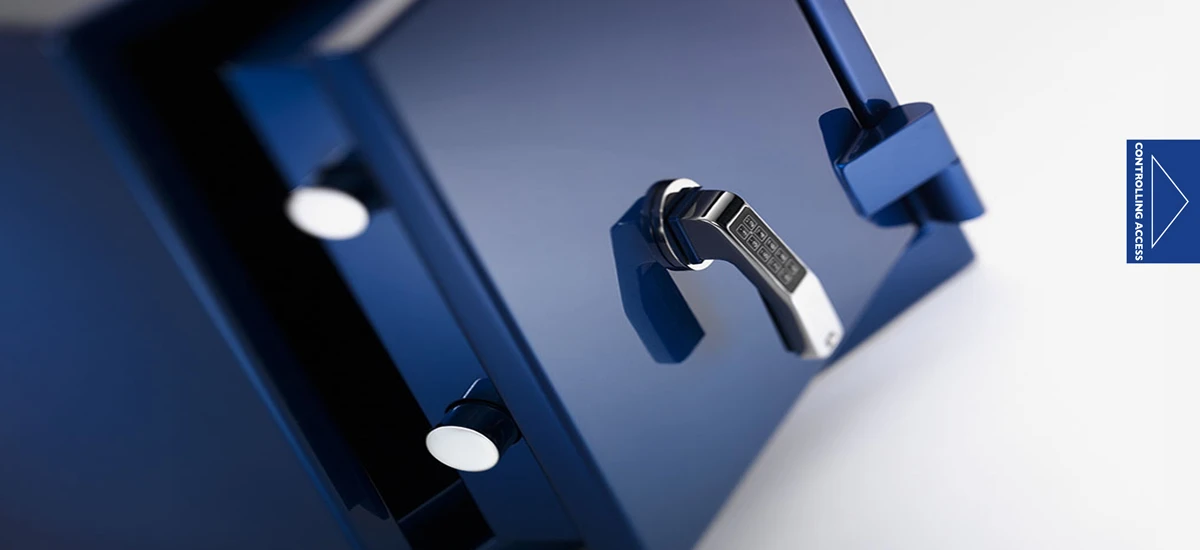Specifications for safes include some or all of the following parameters, depending on site and requirement:
- Burglar resistance
- Fire resistance
- Environmental resistance - keeping contents in the correct condition
- Type of lock – examples include key, combination, time, electronic, biometric
- Location – examples - free-standing, floor, wall, concealed
- Type – example - smart safes as part of an automated cash handling system
We handle all grades of safes up to and including Euro Grade VII, and all grades of vault up to and including Euro Grade XIII. There are various categories of safes and secure storage units within the safe grading structure, and the general rule is the higher the grade, the greater the resistance. Standards for safes including ATM, deposits and strong rooms are set at European level. Conformity to these defined standards is rigorously tested at a handful of test facilities throughout Europe, but units tested by BRE in the UK or a member of the European Fire and Security Group such as VDS in Germany are considered to be the benchmark.
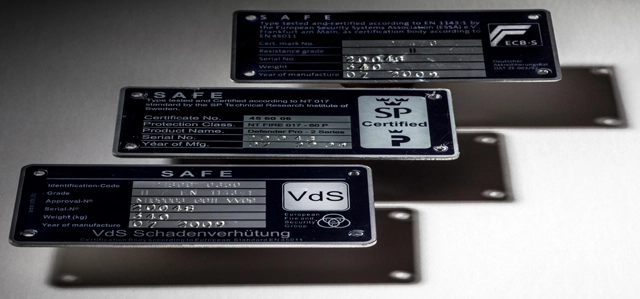
We also supply, install and maintain custom-made, off-the-shelf specification, and reconditioned safes, both for sale and for hire. Usages and safe/ vault types include cash deposit, high security cupboards, gun safes, document and data protection cabinets and safes, drug units, and safe deposit units.
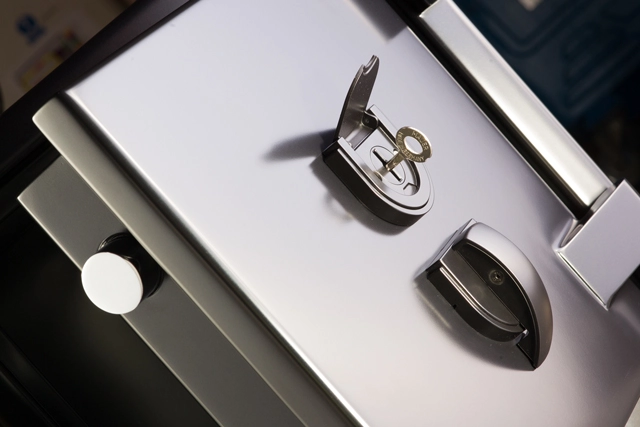
Note that the reason for manufacturers to test and receive accreditation for their products is not only to make sure that people and companies have protection against threats, but also, and importantly, so an insurer can determine what level of risk can be underwritten. Example – a Euro Grade 1 safe might be given an overnight cash cover value [say, £10k] or a valuable items cover figure [say, £100k]. These figures are then used by the insurance industry to assume appropriate levels of risk when items of value are placed into a safe.
Note also that there can be issues when safes are bought off the net. This isn’t just about being able to guarantee the provenance of the safe, but whether your insurers will accept it, AND whether they will accept the installation – the extent to which they will give you cover is governed by this.
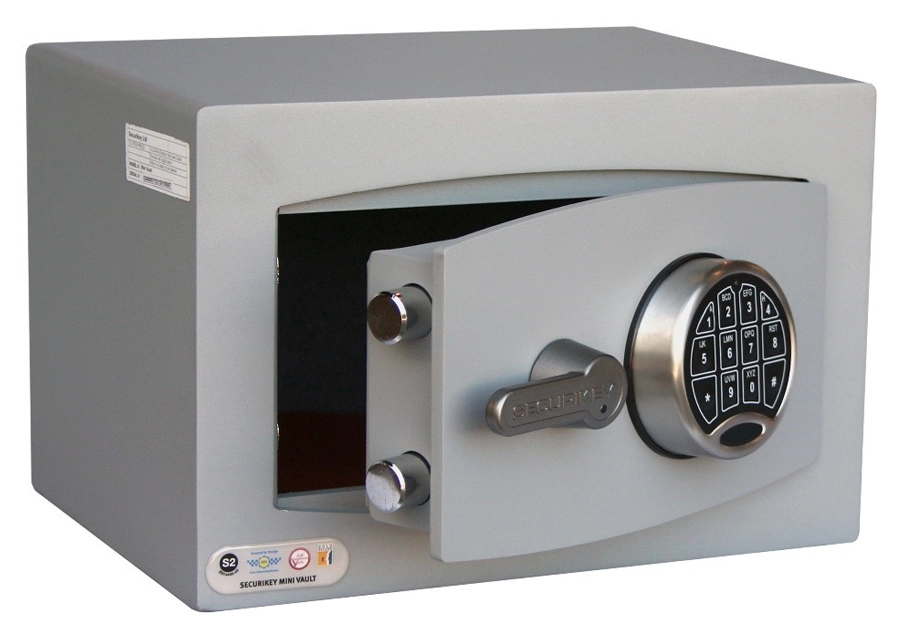
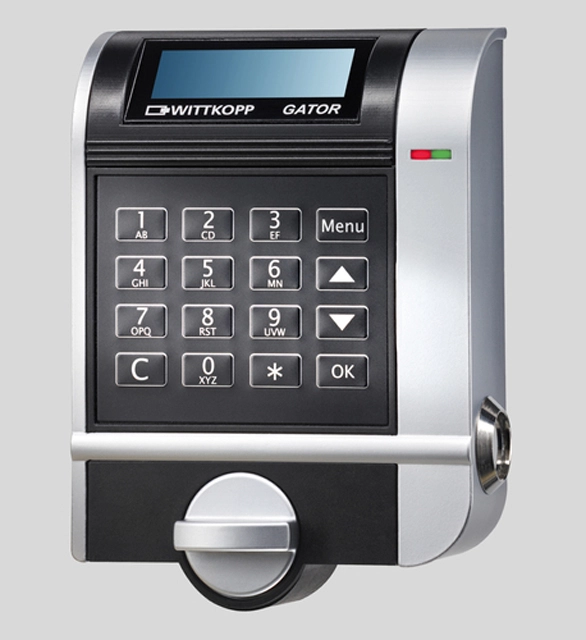
All site surveys must be done by one of our engineers, either on-site or remotely – it’s not just the specification it’s where the safe or cabinet or unit or vault can be most effectively placed and installed. There are many instances, especially in homes, where concealment is the most critical aspect of the work. We recommend that gun safes – for example – should not simply be bolted to the floor or wall, but hidden.
This is obviously less of an issue where protection is needed against heat and impact. In these situations, units need to be to a standard which determines the ability of data and document safes to withstand prolonged intense heat and impact damage. Paper ignites at 180° and in this respect is less critical. But data safes should be designed to maintain an internal temperature no greater than 52° even when the outside temperature is 1000°+. Above that temperature all information is lost.
ABR SERVICES
- Site consultancy, advice, troubleshooting
- Site inspections [at no cost] particularly to make sure all Health & Safety factors are/will be met, and all Security & Safety factors are documented
- Specialist installation engineers
- All equipment grades and sizes including demountable and other vaults, and strong rooms
- Supply, install and fit any safe or vault regardless of position or weight
- Maintenance and servicing; opening locks; locking system upgrades
- Removal, disposal, storage and relocation
- Key duplication
- Secure storage facilities
and
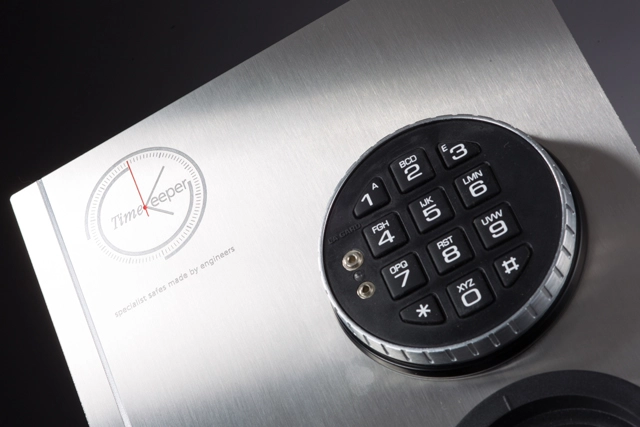
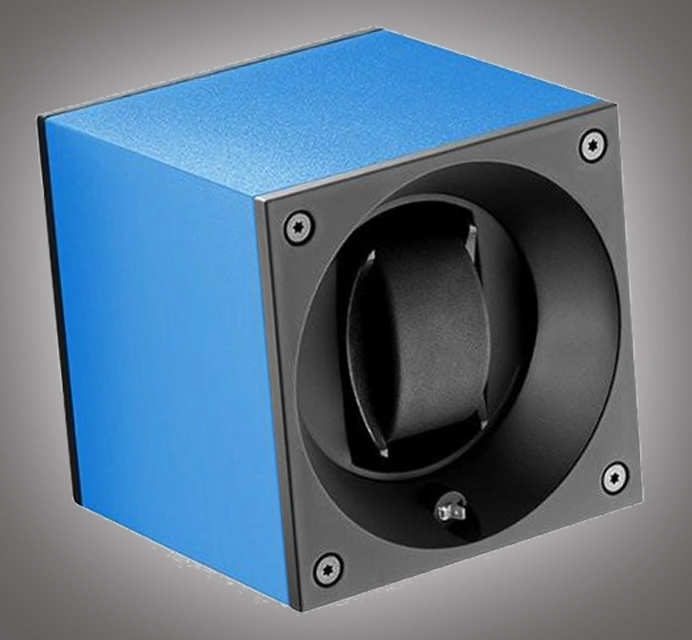
specialist product development and research – example is the TimeKeeper, the watch safe, complete with winders, designed and built by David Rooms.
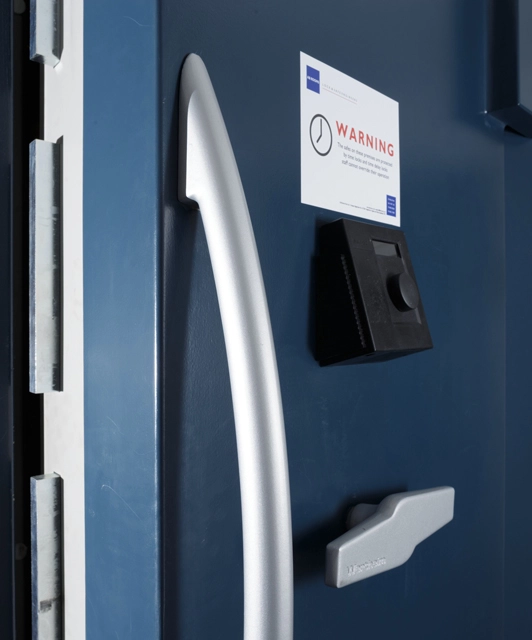
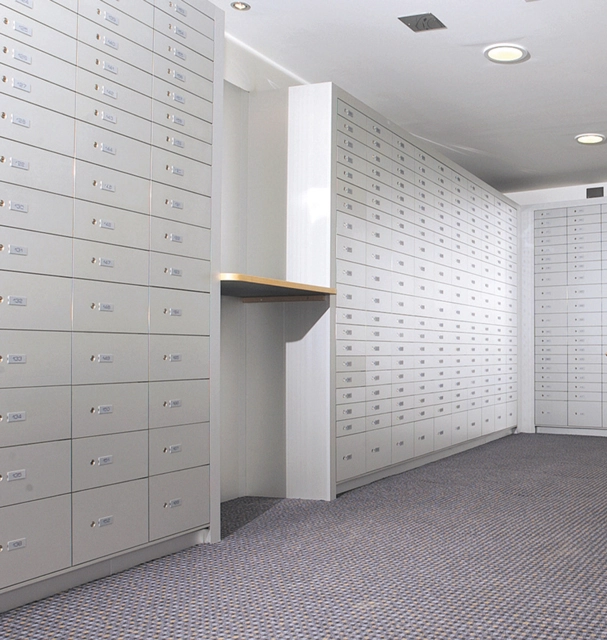
Vaults, strong rooms & safety deposits
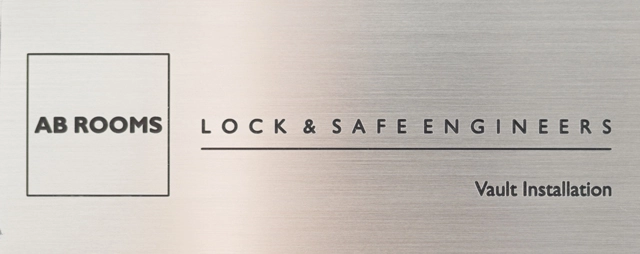
Reconditioned Safes
A reconditioned safe can be a very good deal. There are, however, some fundamental factors which MUST be taken into account. These are to do with what has to be done to make second-hand safes – because this is what they are – 100%. The criteria are exactly the same as those for a new safe, that is, not only to make sure that people and companies have protection against threats, but also, and importantly, so an insurer can determine what level of risk can be underwritten.
So be warned. A cheap recon is exactly that – a con. If it’s cheap, it’s probably no more than just a heavy box with nothing safe about it at all. The level of work needed to return a safe to its correct specification is extensive and includes:
- Body damage – repair to original strength
- Door – restore to original strength, this to include inspecting for any previous work and rectifying, if needs be, plus correct door alignment and adjust hinges as required
- Boltwork – remove and very probably replace, and with authentic parts NOT imitations – accredited parts MUST be tested and accredited
- Locking devices - remove and very probably replace – at the very least, alter and make new keys, inspect thoroughly and ensure 100% correct operation
- Anchorage points
- Appearance
Bear in mind that a lot of these safes have been damaged in some way and are therefore in effect NOT safe until correctly returned to their proper state.
The ABR system has a MINIMUM of 48 procedures. To exemplify here is an extract:
Fully program electronic locks if specified as workshop set up
Fit any additional locks as specified
Refit all additional hardware (deposit units, drawers, shelves, cupboards etc.) and test operation
Check operation of all locks and safe boltwork operations multiple times with door open
It is recommended that you read British Standard 7582 if you are wanting to buy a reconditioned safe, and in particular the section about the documentation that each recon must have:
5 Documentation
a) reconditioned safe should be accompanied by a certificate giving the following information:
b) the make, size, model, serial number and year of manufacture of the safe, when new;
c) the original specification of the safe and any modifications made subsequently to this;
d) type and number of locks;
e) the date of reconditioning with full details of the work carried out on the safe, including any alternations made, e.g. to the lock protection or to the barrier material;
f) the name, registered mark and certification reference of any independent third party responsible for approval of the reconditioned safe and/or the competence of the reconditioning organization.
If any of the information required under b) and c) is not known, or is uncertain, a statement to that effect should be made on the certificate.
A copy of the certificate should be retained in a secure place by the reconditioning organization.
A the name and address of the reconditioning organization;
See also the general statements section 4.1:
4.1 General
The safe should be inspected for evidence of attack or opening following a lock-out. Any damage to the body or door, especially drilled holes or part holes should be made good to restore the original strength. A check that the door is central in its frame and for wear of hinge pivots should be carried out.
NOTE 1 Without accepting any legal liability, safe manufacturers may be prepared to offer advice regarding safes of their own manufacture, based on information supplied to them.
Any principal working part replaced in reconditioning a safe should be an authentic part supplied by the original manufacturer, or a part of equivalent or better quality where the authentic part is unavailable. Where a proprietary item, such as a lock, is part of the original specification of the safe, an identical replacement may be obtained elsewhere.
NOTE 2 A checklist of the preliminary operations of reconditioning is given in Annex A.
It is important that any specific information relating to the reconditioning of a used safe, which could be of assistance in its later compromise, should be the subject of a stringent security discipline by the organization responsible for carrying out the reconditioning operations. A checklist of upgrades should be taped to the rear of the lock case pan.
Permission to reproduce extracts from British Standards is granted by BSI. British Standards can be obtained in PDF or hard copy formats from the BSI online shop: bsigroup.com/Shop or by contacting BSI Customer Services for hard copies only. Tel: +44 (0)20 8996 9001, email: cservices@bsigroup.com
